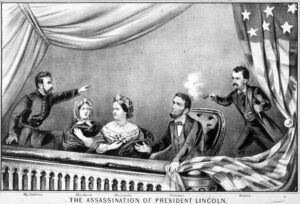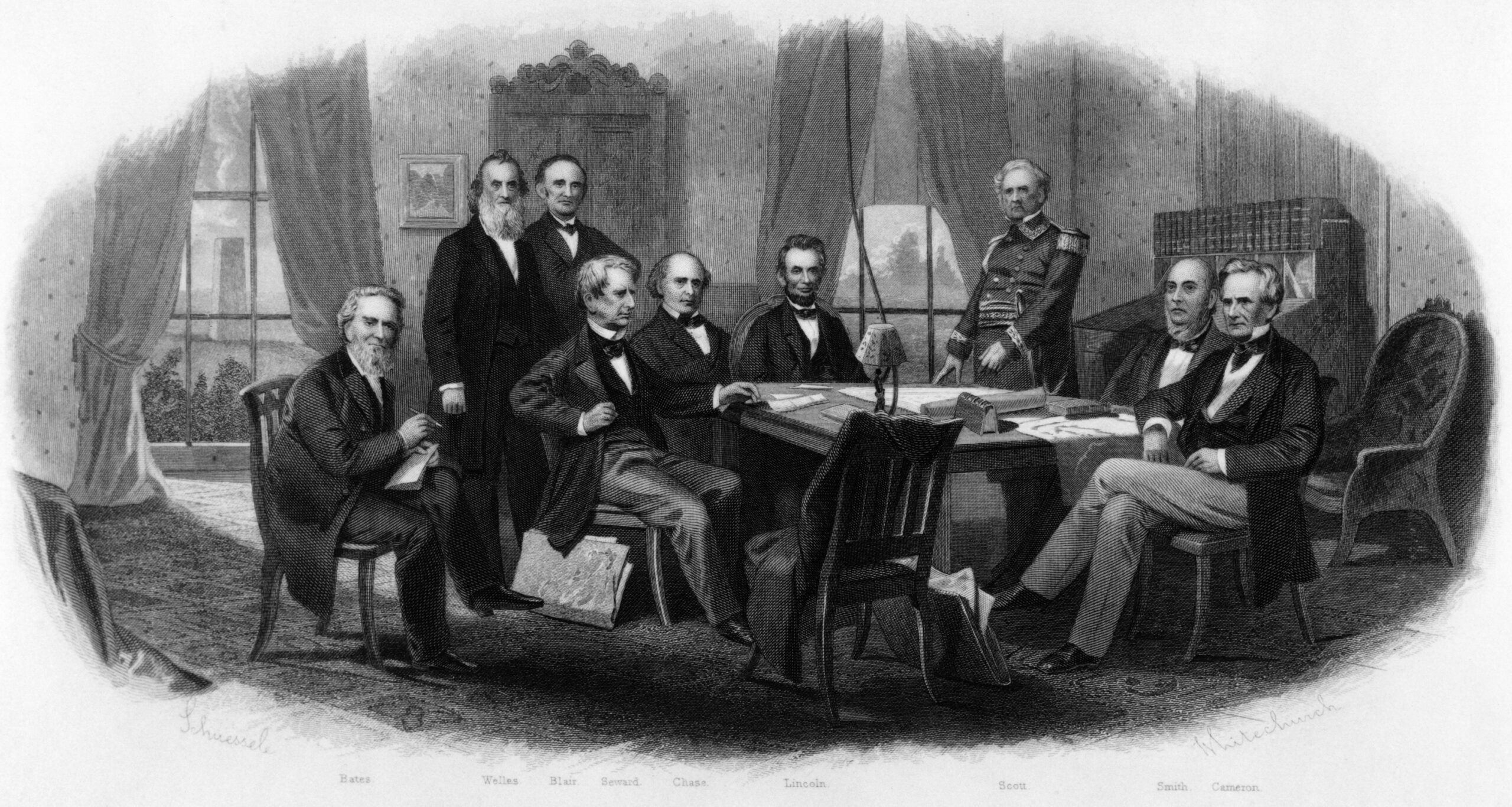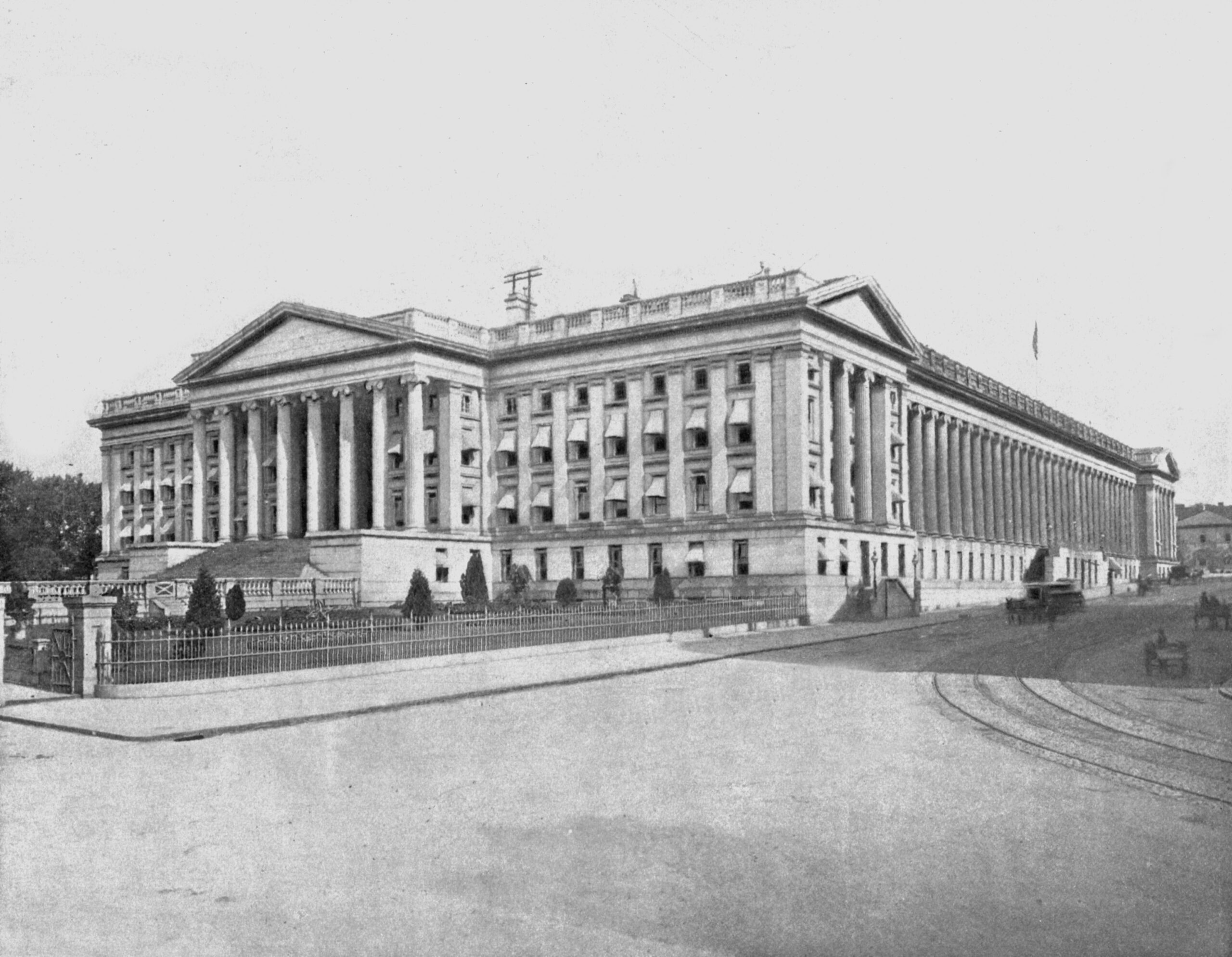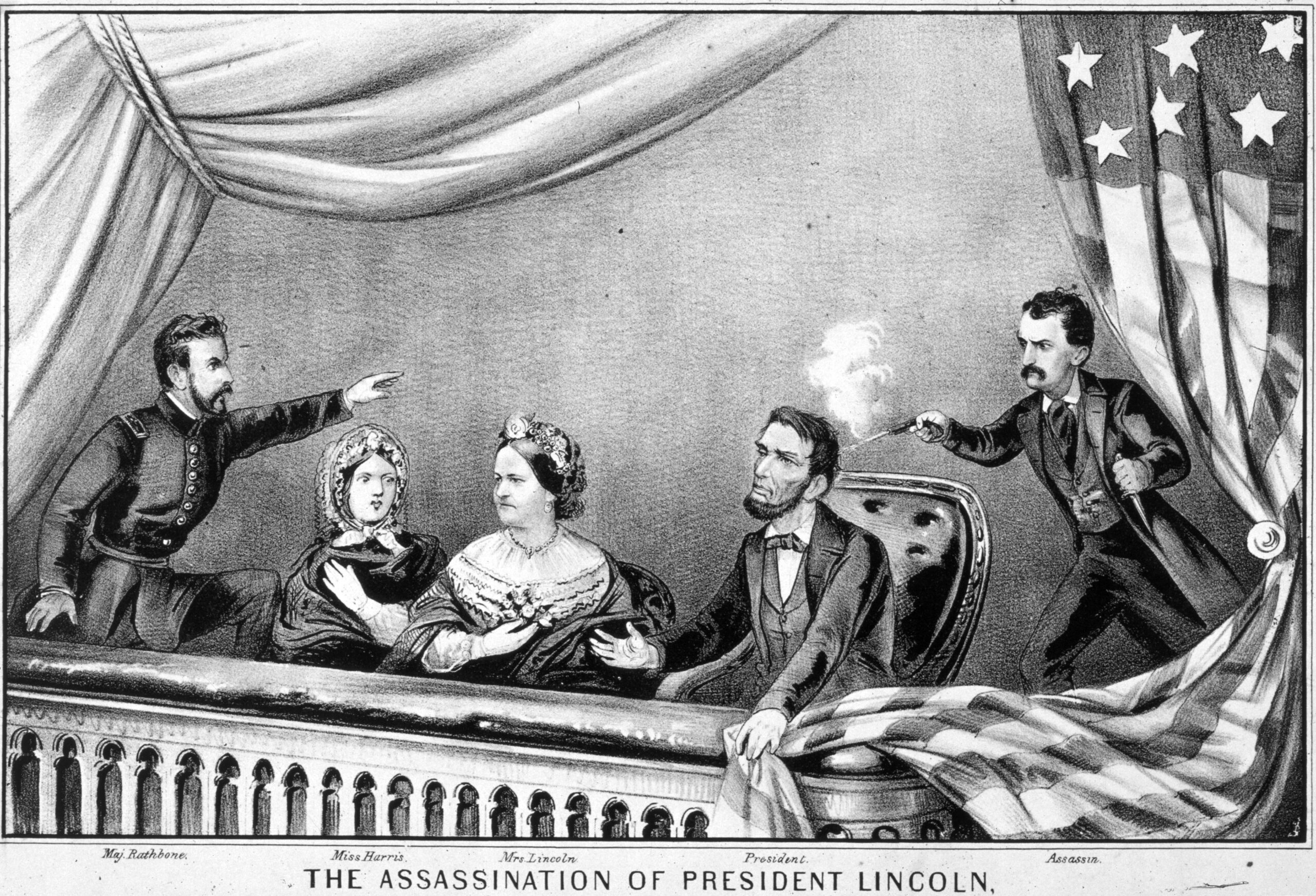Throughout the Civil War, Abraham Lincoln was the object of plots to kidnap or kill him and often received threatening letters. He refused personal protection until the end of the war when he finally agreed to allow four Washington police officers to act as his bodyguards. This was the first permanent detail that was created to protect the president, though it didn’t benefit President Lincoln as he was unguarded on the evening of his assassination.
Unguarded at the time of the assassination
It was April 14, 1865, when John Wilkes Booth learned that Lincoln would be attending a play at Ford’s Theatre that evening. Lincoln, along with his entourage, arrived late to the performance and were directed to his box, which sat above the right side of the stage. President Lincoln’s bodyguard John F. Parker, one of the four officers who had been assigned to guard the President, was stationed outside of the box and wasn’t able to see the stage, so he moved down to the first gallery to enjoy the play. Once intermission came, Parker left the Ford Theatre altogether to join the footman and coachman of Lincoln’s carriage for a drink at the saloon next door to the theatre, leaving Lincoln unguarded for Booth.

John Wilkes Booth managed to make his way to Lincoln’s box, where he then shot him in the back of the head. Booth timed the shot to be at a moment where there was typically loud laughter from the audience, so it’s likely that many audience members never even heard the shot. President Abraham Lincoln died the next morning. It was the first time in the history of the United States that a President had been assassinated.
The creation of the Secret Service
While most of us are quite familiar with the details of President Lincoln’s assassination on April 14th, what many people do not know is that the president had signed a piece of legislation to create the Secret Service the very same day he was assassinated.

It would be easy to claim that had Lincoln signed the legislation into law sooner, it would’ve saved his life—except the “Secret Service” that he sought to create was not the same as what we know the Secret Service to be today. The president created the Secret Service of 1865 not to protect him but to protect America’s financial future by investigating and stopping counterfeit money.
The Secret Service was intended to curb counterfeiting
By the end of the Civil War, nearly one-third of American money in circulation was fake. This issue was partially caused by the reliance on state banks to produce money individually. In an attempt to solve the problem, America adopted a federal currency in 1863, but federal dollars were still relatively easy to counterfeit so the president was looking for alternate solutions. After calling in a commission to come up with a solution, Lincoln created the “Secret Service Division of the Department of the Treasury” on the advice of Treasury Secretary Hugh McCulloch in an attempt to combat rampant counterfeiting.

However, the assassination of President Abraham Lincoln provoked a debate about adding Presidential protection to the list of duties performed by the Secret Service. A number of decades later, following the assassination of President William McKinley in 1901, the Secret Service was tasked with the full-time protection of the President of the United States. President James A. Garfield had also been assassinated in 1881, which contributed to the decision.
Starting with McKinley’s successor, Theodore Roosevelt, Presidential security became a duty of the Secret Service. In 1917 Secret Service protection was broadened to include all members of the First Family. In 1951 protection of the Vice President was added and in 1968 protection of all Presidential candidates was also added.
